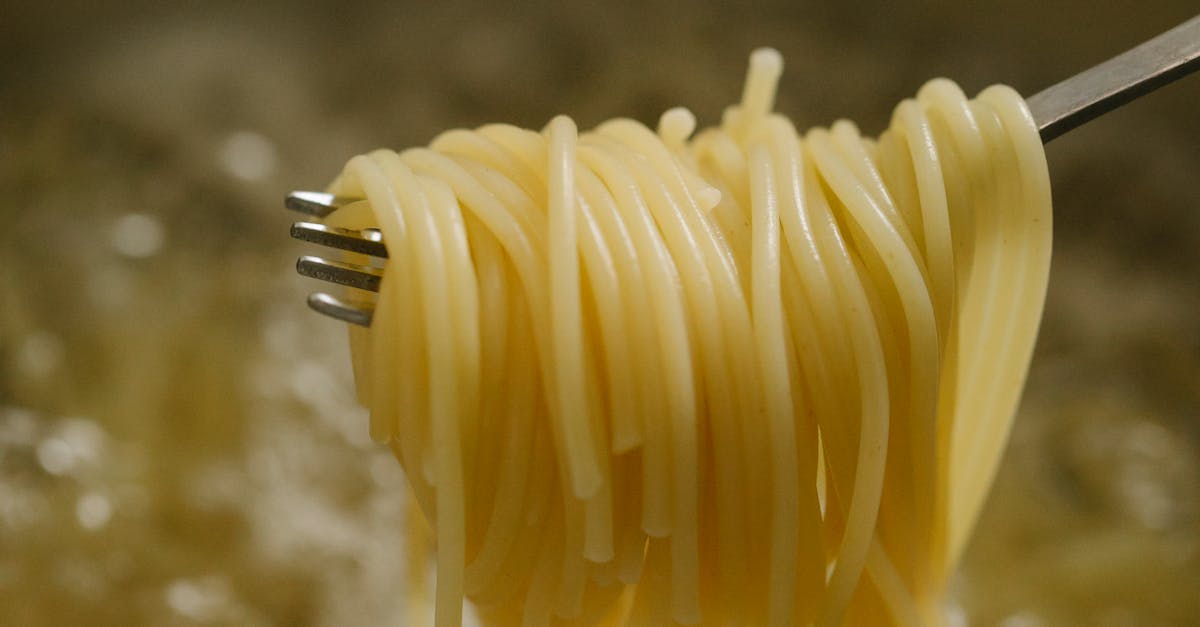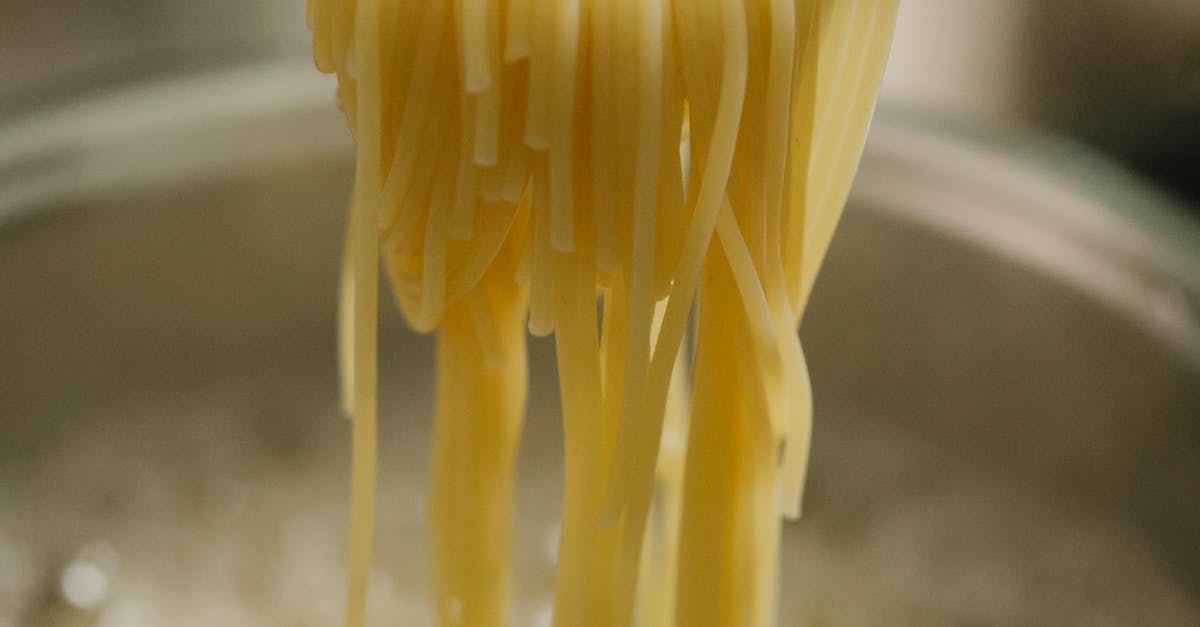
Table Of Contents
Flushing the Water Heater
If you notice a lack of hot water in your shower, flushing the water heater might be the first step to consider. This process helps remove sediment that can accumulate over time, potentially leading to reduced efficiency and blockages. It's recommended to turn off the heater and allow it to cool before starting the flushing process. Attach a garden hose to the drain valve at the bottom of the tank, directing the other end to a suitable drainage area.
Once you have the hose in place, open the drain valve and let the water flow out until it runs clear. This usually takes about 20 to 30 minutes. After that, close the valve and remove the hose. If you're unsure about handling the flushing process safely, it might be wise to consult a hot water plumber. They can provide expert assistance and ensure that your water heater is functioning properly for your needs.
Removing Sediment BuildUp
Sediment build-up can significantly impact the performance of your water heater. Over time, minerals from the water can accumulate at the bottom of the tank, leading to decreased efficiency and reduced hot water output. Flushing the tank regularly helps to eliminate this sediment, keeping the water heater in optimal condition. It's advisable to perform this task annually or as recommended by the manufacturer's guidelines.
If you're unsure about how to flush your water heater or suspect a more serious issue might be at play, consulting a hot water plumber can be beneficial. They possess the experience and tools necessary to handle sediment removal effectively. This not only restores proper function but also extends the lifespan of your water heater, ensuring you have access to consistent hot water when needed.
Testing for Clogged Showerheads
A clogged showerhead can significantly impact your shower experience by restricting water flow. Minerals and debris often accumulate in the tiny openings, leading to poor water pressure and inconsistent temperatures. To diagnose this issue, visually inspect the showerhead for any noticeable blockages. Running water through the showerhead can also help you determine if the flow is reduced, signaling a likely clog.
If you suspect a clog, cleaning the showerhead is a straightforward first step. Soaking it in a solution of vinegar or a commercial descaling agent can dissolve mineral buildup. For persistent issues, it may be wise to consult a hot water plumber, who can assess the showerhead and provide further solutions. Regular maintenance can prevent buildup from reaching problematic levels, ensuring consistent hot water flow.
Cleaning or Replacing the Showerhead
Cleaning the showerhead can often resolve issues with water temperature and flow. Mineral deposits and sediment can accumulate over time, restricting the water’s passage and affecting the distribution of hot water. To clean it, remove the showerhead and soak it in a solution of equal parts vinegar and water for a few hours. This simple method can dissolve the buildup and restore proper function.
If cleaning the showerhead doesn't yield results, it may need to be replaced. Sometimes, wear and tear or internal damage can prevent the proper mixing of hot and cold water. When choosing a new showerhead, consider one that is compatible with your plumbing system and designed for optimal performance. If issues persist after replacement, consulting a hot water plumber can help identify other underlying problems in the plumbing system.
Reviewing Plumbing System Pressure
Water pressure plays a crucial role in delivering consistent hot water to your shower. Low pressure can lead to inadequate flow rates, which in turn affects the overall temperature and comfort of your shower experience. If the pressure in your home’s plumbing system is imbalanced, it may result in a lack of hot water reaching your fixture. Checking the pressure is essential, as it could reveal issues like leaks or blockages in the plumbing lines.
A hot water plumber can provide valuable assistance in diagnosing pressure-related problems. They are equipped to measure the pressure throughout your plumbing system to identify any discrepancies. If an issue is found, the plumber may recommend solutions such as adjusting pressure-reducing valves or repairing leaks. Taking these steps can restore hot water flow and enhance the functionality of your shower.
Checking for Pressure Imbalances
Low water pressure can significantly affect the availability of hot water in your shower. First, check if the pressure throughout your home is consistent. Look for signs such as sluggish water flow from other faucets or appliances that may indicate a broader plumbing issue. If the pressure is generally low, consider consulting a hot water plumber to assess your entire plumbing system for potential causes.
Another factor to review is any pressure imbalances specific to the shower fixture itself. Examine the shower valves and connections to see if any blockages or wear may be affecting pressure. A hot water plumber can help ensure optimal water flow and pressure regulation for a comfortable shower experience.
FAQS
What should I do first if there is no hot water in my shower?
Start by checking your water heater to see if it’s functioning properly. If it’s working, you may need to flush the water heater to remove any sediment build-up that could be affecting hot water delivery.
How often should I flush my water heater?
It’s recommended to flush your water heater at least once a year to remove sediment and prevent buildup that can affect performance and efficiency.
How can I tell if my showerhead is clogged?
You can check for clogs by observing the water flow. If water is coming out unevenly or not at all, there may be mineral build-up in the showerhead that needs cleaning or replacing.
What is the best way to clean a showerhead?
To clean a showerhead, you can soak it in a mixture of equal parts vinegar and water for several hours. After soaking, use a brush to scrub away any remaining debris before rinsing thoroughly.
How can I check if there is a pressure imbalance in my plumbing system?
You can check for pressure imbalances by turning on multiple faucets in your home and observing if the water pressure drops significantly. If you notice a drastic change, it may indicate issues with your plumbing system that need to be addressed.





























